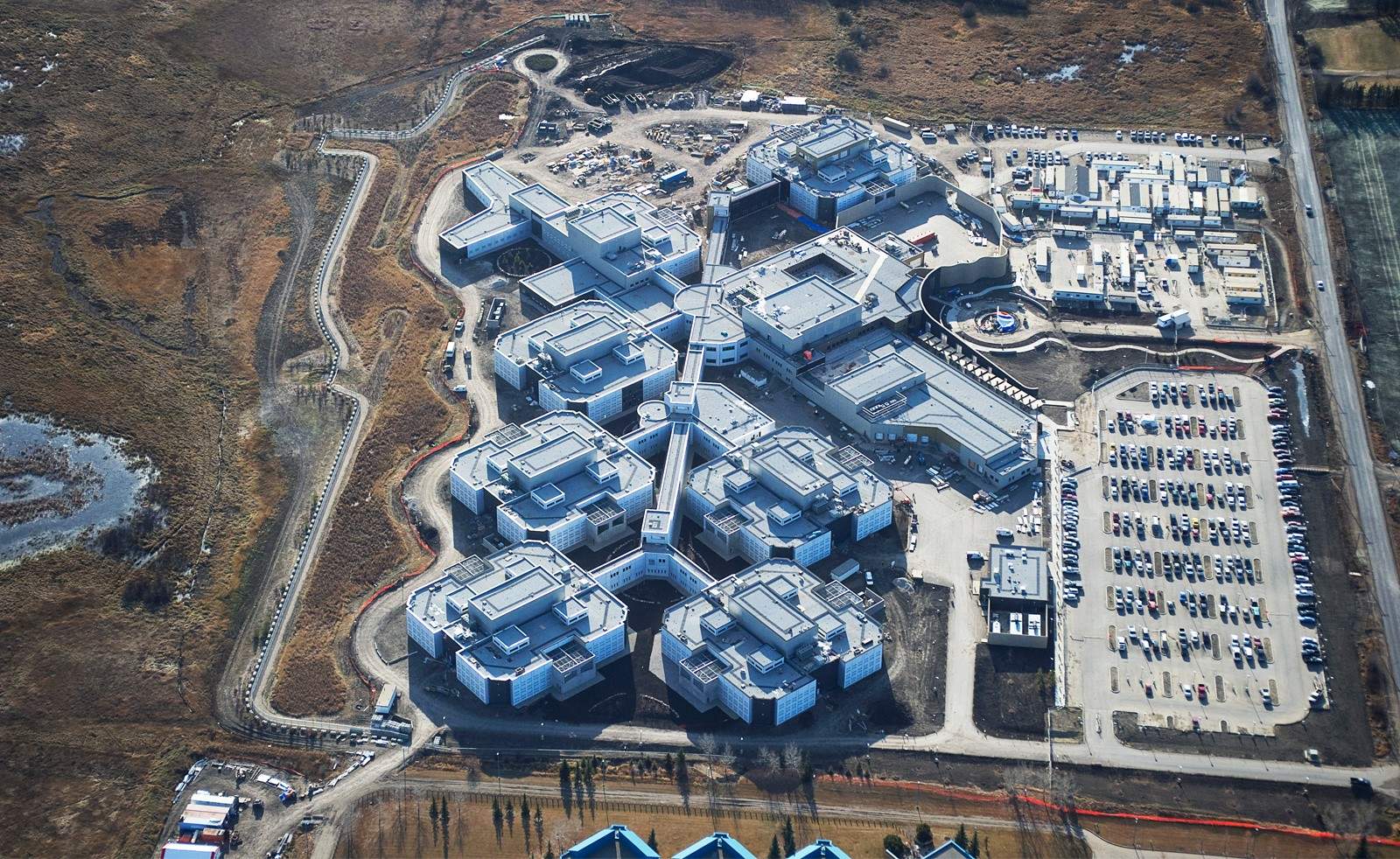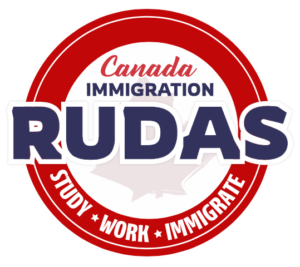Quality of life in Canada

Canada is one of the safest and most comfortable countries in the world, with citizens enjoying generally contented lives free from substantial hardship. While the standard of living in any country will obviously differ quite a bit from person to person, a look at various social metrics highlights the many things Canadians have to be thankful for, as well as the improvements that still need to be made.
Health and safety in Canada
Canadians are generally healthy people and the country does not have widespread problems with dangerous or infectious diseases. The average Canadian life expectancy is 80 years for men and 84 years for women. The leading cause of death for both sexes is cancer , followed by heart disease , which together account for about half of all natural deaths in Canada. Most of the other half die from a variety of other relatively common diseases and conditions that tend to affect humans late in life, including diseases of the respiratory system, stroke, diabetes, Alzheimer’s disease, and pneumonia .
Accidents of various forms are generally responsible for about five percent of all Canadian deaths, with suicides accounting for about one percent, although both are much more common causes of death for Canadians under the age of 40.
Less than 50% of Canadians suffer from HIV/AIDS , mostly gay men, and those who frequently inject drugs, particularly men in prison. Aboriginal Canadians also have a much higher rate of infection compared to Canadians of other races. For reasons not fully understood , Canada has the highest rate of multiple sclerosis (MS) on earth; Nerve disease affects about 290 out of 100,000 people.
Housing in Canada
The home ownership rate in Canada is around 66 percent. Among non-homeowners, the majority of Canadians rent a leased house, apartment or suite from a landlord or real estate corporation.
Canadians generally live with their parents until their 20s, and then rent until their 30s, when they mortgage a house or apartment, usually with their spouse. However, many Canadians are increasingly choosing to rent for much longer lifetimes than generations past. Unaffordable housing is a growing concern in many of Canada’s large cities, where real estate prices are some of the highest in the world. Large mortgages are a major contributor to Canadians’ high borrowing rates (see below).
The Government of Canada estimates that between 150,000 and 300,000 Canadians “experience homelessness” in any given year, meaning that they temporarily lack a permanent place to live. A network of homeless shelters , operated by the government and charities, provide temporary places for most homeless Canadians. The majority of Canada’s homeless population is made up of middle-aged men, with Aboriginal Canadians overrepresented .
Canadian personal finance
Canadians enjoy a very high standard of living due to the strength of the Canadian economy . The median annual household income in Canada (meaning that there are an equal number of Canadian families earning more and less) was estimated to be $78,870 in 2014 .
Personal debt is a major problem in Canada, and by some estimates, Canadians are the most indebted people in the Western world. The average Canadian debt-to-income ratio is estimated to be around 170 percent. That said, most individually owned Canadian debt takes the form of home mortgages . This is especially true for Canadians who live in the country’s big cities, where real estate is extremely expensive. However, high house prices ensure that even heavily indebted Canadians generally have a stable debt-to-asset balance.
Poverty and economic inequality in Canada
The Government of Canada does not have an official poverty designation , which means it can be difficult to firmly establish the number of “poor” Canadians. Statistics Canada classifies a Canadian family as “ low-income ” if they earn less than half of the Canadian median family income (see above), while the low-income cutoff ( LICO ) is a more precise figure used to determine whether income of a person is not enough to survive when considered in the context of the size of that person’s family, the area of the country in which they live, etc. Combining these two measures, approximately 13 percent of Canadians were classified as “low income” in 2014.
Among Western democracies, Canada has generally high levels of economic inequality , and the gap between Canada’s rich and poor has steadily increased since the 1990s.
The standard measure of economic inequality is the so-called Gini Coefficient , which ranks societies from a low of zero to a high of 100. According to the World Bank , Canada’s inequality score is around 33, which is worse. than most of Western Europe, but lower than the United States and Great Britain. According to Statistics Canada, the richest fifth of the Canadian population owns about 50 percent of the wealth of all Canadian families, and the richest one percent owns about 10 percent of all wealth. That said, Canada is also a country with high rates of economic mobility. and the vast majority of poor Canadians will experience an increase in personal wealth during their lifetimes.

Crime and punishment in Canada
Canada ‘s crime rate has been on a steady decline after reaching a peak in the 1990s, although it is still higher than it was in the 1960s when the modern crime rate began to rise. More than four-fifths of crimes committed in Canada are non-violent, with the most common being petty theft, burglary, traffic offences, public “mischief” and offenses related to the distribution or possession of drugs prohibited. The most common violent crimes are assaults, beatings, and violent robberies. Canada ‘s murder rate is generally around 600 per year.
The total number of Canadians in prison is around 40,000 , or less than one-half of one percent of the Canadian population. About 99 percent of Canadian prisoners (also known as inmates or felons ) are men, and the small population of female prisoners are sent to special women ‘s prisons . Canada’s prisons are generally highly rated by human rights groups, although the controversial practice of solitary confinement is still practiced and HIV and hepatitis C infection rates among Canadian prisoners are well above national averages. Aboriginal and Black Canadians are overrepresented in Canada’s prison population, as are people with mental illness.
Pollution in Canada
Canada ranks in the top tier of nations when it comes to most environmental quality metrics. The World Health Organization ( WHO ) gives Canada one of the highest rankings in the world for air quality, while a 2016 study by the Yale Center for Environmental Law and Policy gave Canada a comprehensive score environmental quality 85/100 based on a number of variables, including air and water quality, placing the country 25th overall (out of 180 countries surveyed).
Canada contributes about two percent of the world’s greenhouse gas ( GHG ) emissions, a number that, while small, is grossly disproportionate to Canada’s small share of the world’s population. This places Canada as one of the worst GHC emitters in the world on a per capita basis. Reducing emissions caused by Canadian oil drilling on the Canadian prairies , particularly bitumen (or ” tar sands “). “), just as the decline in the use of oil-powered cars is the focus of most Canadian environmental activism and public policy, which is increasingly focused on Canada’s role as a contributor to climate change caused by the men .
As Canada is a large and mostly uninhabited country, the risk of substantial human-caused environmental degradation is generally low, with concerns primarily focused on the creation of new resource extraction projects such as mines, power plants , dams or petroleum and natural products. wells or gas pipelines in previously untouched parts of the country. Many of Canada’s worst environmental disasters stem from the accidental destruction of a resource extraction site or transportation system.
Women’s rights in Canada
Canadians of both sexes are declared legally equal under the Canadian constitution , and are protected from discrimination by various provincial and federal human rights laws . Laws related to marriage, divorce, and military service are officially gender-neutral.
By a margin of less than 10 per cent, Canadian women are slightly less likely than men to work, although the differences become larger when the comparison involves full-time work, or the total number of hours worked per week. Canadian women continue to be dramatically overrepresented in certain historically and stereotypically female professions, such as teaching, nursing, and waitressing, and dramatically underrepresented in stereotypically male jobs, including construction, retail, and jobs involving natural resources. As many stereotypically female jobs pay less than men, complaints about a female ” pay gap ” remain common. Under the terms of Canada’s federal employment insurance program, a woman has the right to take up to 12 months off work to care for her child during and after her pregnancy (so-called ” maternity leave “), and it is illegal for employers to discriminate or punish an employee on the basis of being pregnant.
When asked by pollsters, a large majority of Canadian women generally say that the two genders are still not fully equal in Canada, blaming entrenched sexist attitudes for holding women back in various fields of life, particularly leadership positions. important in business and politics, where they may not be considered as reliable, competent, or intelligent as men. Canadian men remain disproportionately likely to serve as CEOs, presidents or vice presidents of large companies or organizations. Every year, many Canadian women file lawsuits alleging gender discrimination by employers, governments or private companies.
Rights of the child in Canada
Canada’s infant mortality rate, the death rate of babies before their first birthday, is about five per 1,000 and has been stable at this rate for quite some time. Although low in the global context , this rate is quite high by first world standards, and different explanations have been offered. While many poor communities, particularly those in the north, tend to have high infant mortality rates due to lack of access to adequate medical care, it has also been suggested that Canadian hospitals may be “too good” at preventing stillbirth, resulting in a high infant birth rate. babies who cannot survive long term.
Child labor is technically legal in Canada, but is subject to complex regulations set by provincial governments . Although the precise laws vary, speaking children generally cannot work during school hours, and very young children require parental and government permission to work. Certain types of jobs may also have a legally mandated minimum working age. Canadians between the ages of 14 and 17 make up the majority of non-adult workers in Canada, working primarily in retail, fast food or family farming jobs.
Section 43 of the Canadian Penal Code gives parents, teachers and other adult authority figures the right to use “reasonable” physical force to correct a child’s behavior. A 2004 ruling by the Supreme Court of Canada upheld the law as constitutional, but narrowed the definition of “reasonable” to refer to able-bodied children over the age of two, who cannot be hit with objects or hit on the head.
Information source: The Canada Guide







